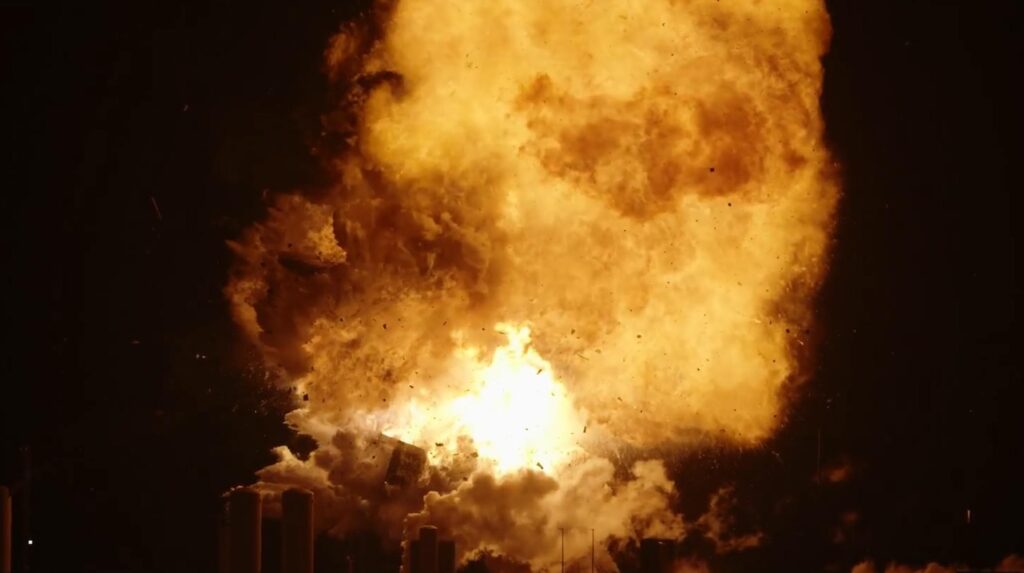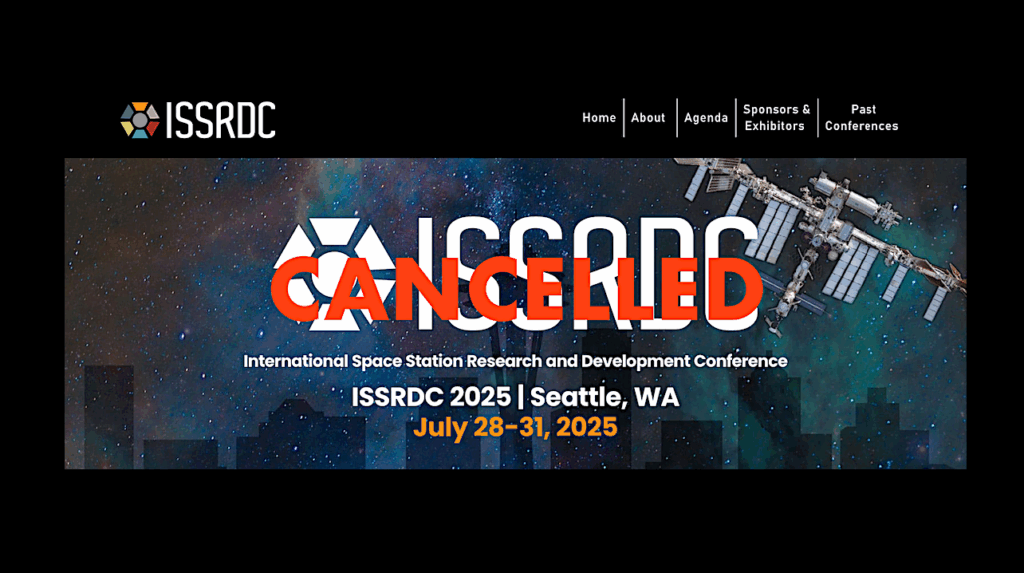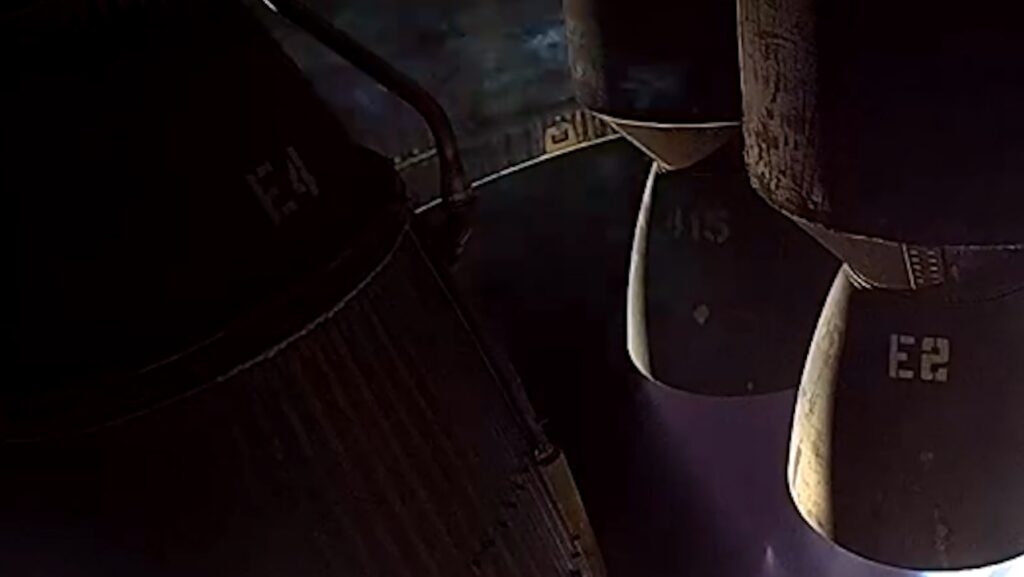NASA Simply Has No Idea How To Control Costs

GAO Report – NASA Assessments of Major Projects, GAO
“Continuing a recent trend, NASA’s portfolio of major projects experienced significant cost and schedule overruns and more projects were added (see figure). Of the 21 major projects in the development phase of NASA’s acquisition process (which includes building and launching the system), 15 were responsible for cumulative cost overruns of about $12 billion and cumulative schedule delays of 28 years. But just three projects–the James Webb Space Telescope, Space Launch System, and Orion–are responsible for more than three-quarters of the cost growth and almost half of the delays.
In the past year, the majority of NASA’s projects in development increased their cost estimates, schedule estimates, or both. Technical issues and new scope were the primary causes of overruns. However, COVID-19 exacerbated these challenges with government and contractor facility shutdowns and remote work.
Current overruns and the risk of future COVID-19 issues could have a cascading effect on NASA’s ability to manage its portfolio. NASA designates cost reserves to help projects address risks. However, when projects exhaust these reserves and need additional funding, it can limit the agency’s ability to fund existing missions or start new ones. For example, NASA officials said some new projects are preparing for later launch dates due in part to funding limitations caused by other projects’ cost overruns. NASA is taking steps to improve its portfolio management, but it is too soon to determine the results of these efforts.”
– NASA’s Cost Estimating Process Is Flawed. Duh. Who Knew?, earlier post
– NASA Still Has No Idea What A SLS Launch Will Cost
– Yet Another GAO Report That NASA Will Automatically Ignore, earlier post
– GAO: Human Space Exploration: Persistent Delays and Cost Growth Reinforce Concerns over Management of Programs, earlier post
– GAO: NASA Assessments of Major Projects, earlier post
– GAO Releases Report Critical of NASA, Citing Financial Risks Involved With CEV Acquisition, earlier post
– GAO: NASA: Assessments of Major Projects, earlier post
– GAO Report: NASA – Assessments of Selected Large-Scale Projects, earlier post
– NASA: Assessments of Selected Large-Scale Projects, earlier post
– NASA: Lack of Disciplined Cost-Estimating Processes Hinders Effective Program Management , earlier post
NASA Needs Integrated Strategy to Control Mission Costs
And so on









And yet, according to Angry Astronaut, Congress just cut funding for Starship but not SLS.
Thank you Keith Cowing for holding government accountable with documentation.
Since when has congress directly funded the development of Starship?
Oh, you said Angry Astronaut…… another youtuber know it all.
The Starship is an integral and necessary part of the Lunar Landing System and is being funded by NASA.
I certainly do not agree with everything Angry Astronaut says, but he is right here.
NASA is partially funding it not congress. Most of it’s development cost is by SpaceX because the lander is a variant of Starship.
It’s Congress that dictates budget allocations and signs the checks.
Based on some of the articles I am reading in conjunction with Lori Garver’s new book, a lot of people are realizing that NASA’s goal for some has not been to accomplish anything with bigger budgets, but just simply to keep feeding the government/industrial sector and continuing to fund NASA and contractor employees. The longer they delay and the more the budgets are out of control, the more aerospace sector is funded.
Some of us have been saying this since 2007. Glad Mo Brooks is gone. We need to burn the ships with SLS. Somehow the house, senate, and president have all become even more uninformed about the struggles at NASA and just rely on members comments.
It really does need to change.
Is there really any incentive to control cost? What was the penalty for JWST when it’s cost ballooned multiple times? Did any heads at NASA roll? Did Congress keep shoveling money on the fire?
Have any heads rolled over the 16 years of Orion, or at ksc with the debacle of either MLP or at msfc with SLS? Cost only matter if the project falls out of favor with Congress and the lobbyists they answer two. If they are happy then through another billion on the pile who cares.
The only ones who suffer or pay the price for the mismanagement cost overruns and schedule delays is all the other science projects or human spaceflight dreams that are cannibalized by the black hole programs sucking up all the funds.
For the smaller robotic missions, there is a cost cap and a mission exceeding the cost cap by a specified amount is subject to cancelation. Sometimes the cancelation review recommends upping the budget and going ahead. Dawn, the Discovery mission to Ceres and Vesta, was canceled and then restarted, but only after the spacecraft manufacturer agreed to do it at cost (no profit). Several missions in the Explorer line have been completely canceled for going over budget. As the GAO report says, it’s the major projects which tend go way over budget without consequences.
Even that isn’t entirely true. In the early 1990s, there were two major missions in development, the Cassini mission to Saturn and CRAF (Comet Rendezvous Asteroid Flyby). They were both way over budget before they even started building any hardware. Congress axed CRAF completely, although the European Space Agency eventually did a similar mission, Rosetta on their own, and Cassini had a hard cost cap imposed. More recently, the Roman Space Telescope (the next big space telescope after JWST) was ordered to descope by remove a lower priority instrument which was driving costs way up, and do whatever it takes to stay within the budget they were given at the start of development (phase B). But it’s common for big missions to just have their costs creep up and up without any real control. Europa Clipper is now at $5 billion, when it was originally approved as a $2.5 billion dollar mission, and I haven’t heard any screams about that.
Yes, there’s an ill-defined line, but everyone knows when it has been crossed, when the project becomes ‘too big to fail’ — and at that point, the costs skyrocket, because …. why not?
Projects like SLS are unkillable because the companies milking them are major Congressional campaign contributors, both in dollars and in registered voters on payroll. Going over budget is just part of the package.
“It is difficult to get a man to understand something, when his salary depends upon his not understanding it!” — Upton Sinclair